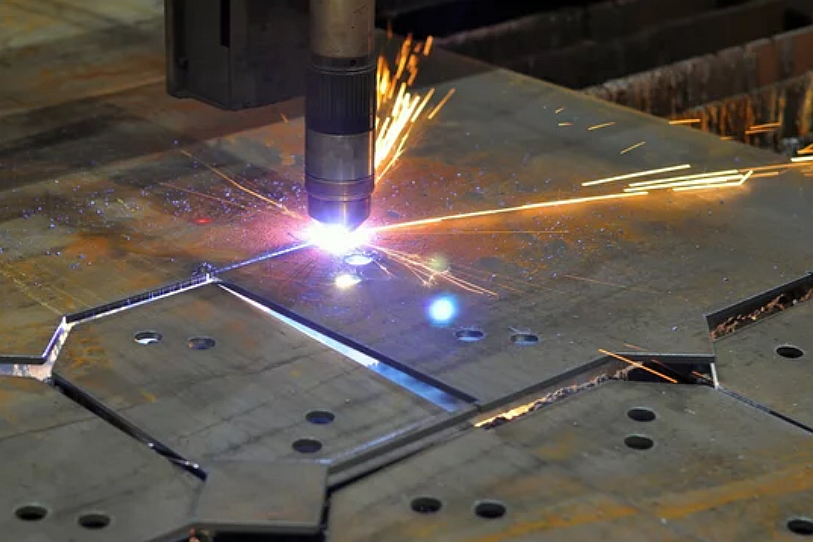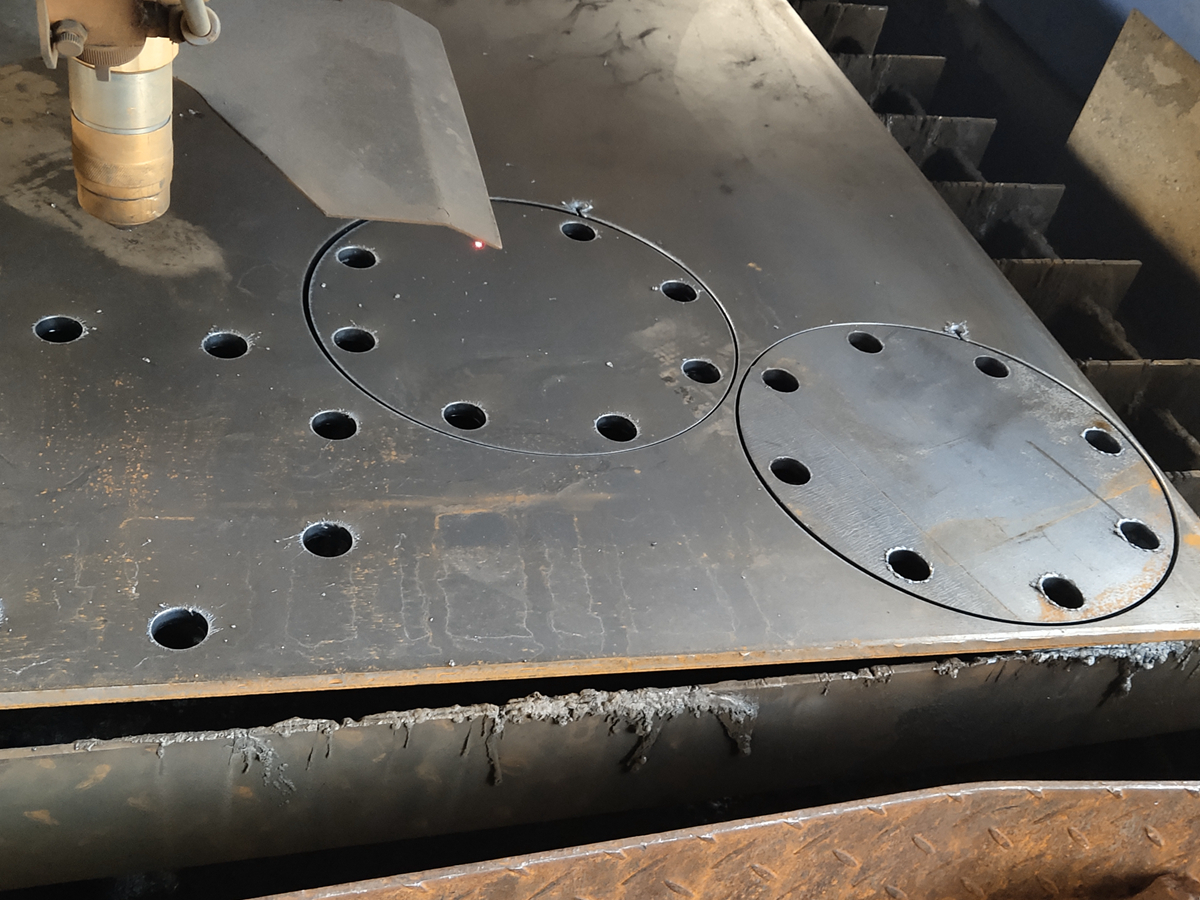Is plasma cutting suitable for high-volume production runs?
Overview: Plasma Cutting in Large-Scale Manufacturing
Plasma cutting is highly suitable for high-volume production due to its speed, reliability, and ability to process a wide range of metals with minimal tooling requirements. Industries such as automotive, aerospace, and energy depend on plasma cutting to maintain consistent output while meeting strict dimensional requirements. Its capability to operate continuously with minimal downtime makes it one of the most efficient options for mass production environments.
High Throughput and Operational Efficiency
Plasma systems deliver significant speed advantages on medium- to thick-gauge materials. When integrated into automated workflows—such as those involving sheet metal fabrication or sheet metal stamping—plasma cutting ensures consistent cycle times across thousands of parts. Compared to methods like laser cutting, plasma provides similar productivity at a lower equipment cost, making it ideal for factories scaling output or running multiple shifts.
For custom brackets, frames, panels, and structural assemblies, pairing plasma systems with upstream operations such as prototyping and custom parts manufacturing further accelerates the transition from design to production.
Material Flexibility Supports Large Production Sets
Plasma cutting is highly efficient with a wide range of conductive metals, enabling manufacturers to standardize production across multiple product lines. Common high-volume materials include:
carbon steel for structural and industrial components
cast stainless steel for corrosion-resistant applications
cast aluminum for lightweight parts
copper alloy for electrical and thermal systems
magnesium alloy for aerospace and mobility platforms
These materials can originate from upstream casting routes, including sand casting and gravity casting, with plasma cutting completing the final precision shaping step.
Consistent Quality with Minimal Finishing
Plasma-cut surfaces typically require little post-processing, reducing the workload in large-scale operations. When surface refinement is needed, rapid finishing options such as sandblasting or polishing efficiently smooth edges and prepare parts for coating or assembly. This makes plasma an excellent fit for industries like lighting solutions and power tools, where large batches of housings and brackets require reliable repeatability.
Advantages for Mass Production Scalability
Plasma cutting’s low tooling cost, minimal wear, and adaptability support seamless scaling from low- to high-volume production. Equipment runs for long periods without frequent consumable changes, lowering downtime and operational expenses. Manufacturers handling diverse product categories benefit from plasma’s speed, stable performance, and ease of integration into automated production cells.



